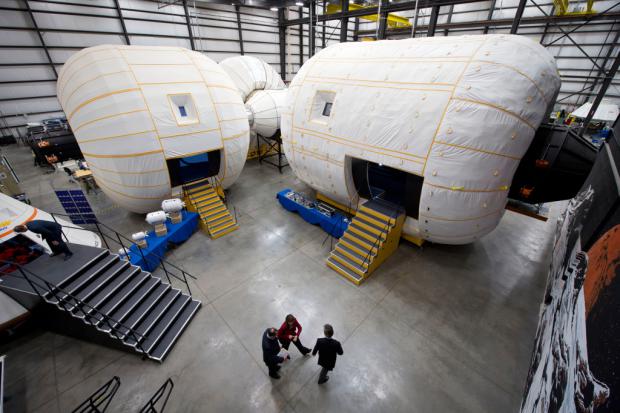
Breaking News
 Alternative Ways to Buy Farmland
Alternative Ways to Buy Farmland
 LED lights are DEVASTATING our bodies, here's why | Redacted w Clayton Morris
LED lights are DEVASTATING our bodies, here's why | Redacted w Clayton Morris
 How My Youtube Channel Makes Money
How My Youtube Channel Makes Money
Top Tech News
 Travel gadget promises to dry and iron your clothes – totally hands-free
Travel gadget promises to dry and iron your clothes – totally hands-free
 Perfect Aircrete, Kitchen Ingredients.
Perfect Aircrete, Kitchen Ingredients.
 Futuristic pixel-raising display lets you feel what's onscreen
Futuristic pixel-raising display lets you feel what's onscreen
 Cutting-Edge Facility Generates Pure Water and Hydrogen Fuel from Seawater for Mere Pennies
Cutting-Edge Facility Generates Pure Water and Hydrogen Fuel from Seawater for Mere Pennies
 This tiny dev board is packed with features for ambitious makers
This tiny dev board is packed with features for ambitious makers
 Scientists Discover Gel to Regrow Tooth Enamel
Scientists Discover Gel to Regrow Tooth Enamel
 Vitamin C and Dandelion Root Killing Cancer Cells -- as Former CDC Director Calls for COVID-19...
Vitamin C and Dandelion Root Killing Cancer Cells -- as Former CDC Director Calls for COVID-19...
 Galactic Brain: US firm plans space-based data centers, power grid to challenge China
Galactic Brain: US firm plans space-based data centers, power grid to challenge China
 A microbial cleanup for glyphosate just earned a patent. Here's why that matters
A microbial cleanup for glyphosate just earned a patent. Here's why that matters
 Japan Breaks Internet Speed Record with 5 Million Times Faster Data Transfer
Japan Breaks Internet Speed Record with 5 Million Times Faster Data Transfer
NASA Is Finally Sending a Hotel Magnate's Inflatable Habitat to the ISS

Somewhere spacious, and safe. Portable, but comfy. Lightweight, but robust to the dangers of space. Something like a big bouncy castle for kids, but built to house astronauts and solar system colonists and tourists looking for an out-of-this-world vacation.
It sounds like a sci-fi fever dream, but it's becoming reality. On Friday, SpaceX will launch a so-called "expandable"—a prototype called the Bigelow Expandable Activity Module—to the International Space Station. It will remain there, attached to the Tranquility module, for two years. Bigelow Aerospace hopes its time in orbit will prove the technology worthy of inhabitants.
Robert Bigelow didn't start his career with visions of astronaut hotels. No, the company's eponymous founder made his fortune on the hotel chain Budget Suites—extended-stay hotels with a stove in every room.

 No Excuses: Throw A Party!
No Excuses: Throw A Party!


